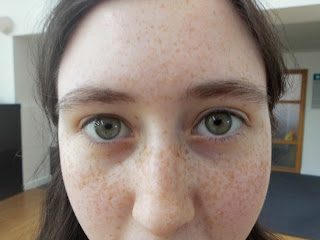An extreme long shot gets right in and shows extreme detail of the subject. Filmmakers use this shot to show intimacy and are usually used in dramatic scenes to show emotion.
A close-up shot shows a certain features or part of the subject and this takes up the whole frame. These shots are commonly used in films to show audiences a real sense of emotion and connect with the characters.
Mid-Shot (MS)
A mid-shot typically frames subjects from hips upwards. These shots show audiences characters and the background they are in. These shots are used carefully as audiences might get distracted by the characters audience.
Long-Shot (LS)
A long-shot shows characters with a lot of background present in the frame. If a character is present within the frame it shows their full body. This allows audiences to see their full costume and their build to give the audience more of an idea of who they are within the film.
Extreme Long-Shot (XLS)
An extreme long-shot is a shot where the subject is barely visible but the camera still emphasises the character place in the environment. Filmmakers may use this shot to show audiences the tension between the character and the environment they are in.
Over-the-Shoulder (OTS)
An over-the-shoulder shots are looking from behind a character at the subject. These shots are usually used within character conversations are show the back of a persons head and sometimes one shoulder.
Two-Shot (2-S)
A two-shot is usually a shot of two people framed similarly to a mid-shot. They are usually used in films to show relationships between characters or interviews.
Low-Angle Shot
A low-angle shot the camera looks up towards the subject.These shots are usually used to make the subject look larger and more important to the viewer.








No comments:
Post a Comment